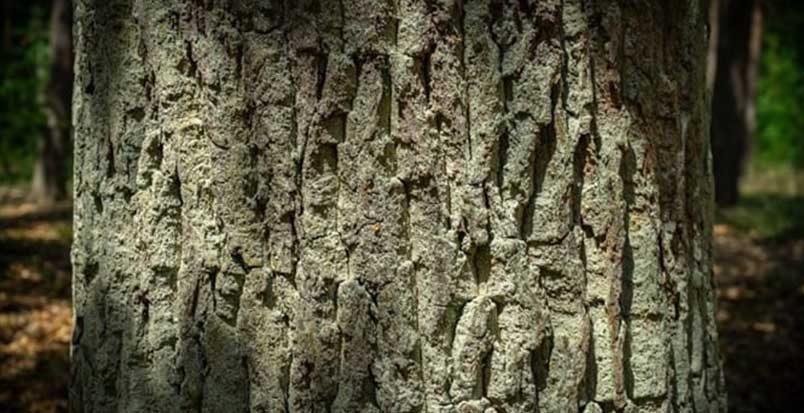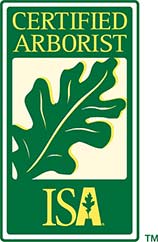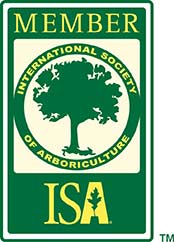Tree Trunk Science From Your Charleston, SC Tree Service
A tree trunk may look pretty ordinary to you, but there’s much more to it than meets the eye. Every day, all day, there is an incredible amount of activity going on behind that layer of bark, moving nutrients, water, and energy back and forth from the roots to the leaves. But the trunk does even more than that; it also contains the tree’s most important defenses against disease, insects, fire, and the other influences that threaten to harm it. Here’s a little tree trunk science from your arborist in Charleston, SC.
Have your trees’ health inspected by an expert.
Nutrient Transport
You may remember the terms xylem and phloem from high school biology. These are two different kinds of cells within the trunk and branches that move and store resources for the tree. The xylem moves water up and down the trunk, as well as storing carbohydrates—the primary form of energy that the tree uses to grow new branches, roots, leaves, and trunk layers. The phloem transports those carbohydrates to the areas where they are needed for growth.
As important and complex as those activities are, they aren’t all that the xylem and phloem do. The xylem also contains non-living cells that comprise the main structural support of the tree—think of them like steel beams holding up a skyscraper. They aren’t alive, but without them holding up the weight of the crown, the tree would collapse.
Defense Mechanisms
It’s easy to understand that the outer layer of bark on a tree is there for defensive purposes. It’s much tougher and harder than the inner layers of xylem and phloem, and some tree species even implement extra protective features like thorns or substances that destructive insects can’t digest. These features discourage bugs and even larger animals like deer from attacking the bark and exposing the sensitive cells underneath.
The bark also helps protect against less obvious threats to the tree’s health. It regulates the temperature of the trunk’s interior cells, for example, keeping it from getting too hot or too cold when temperatures outside are extreme. This is critical for trees in an area like Charleston, South Carolina, where temperatures are consistently warm, yet sub-freezing temperatures do strike on occasion. The insulation provided by the bark helps the tree survive these infrequent temperature drops and stick out the cold weather until it warms up again.
Support your trees’ health with professional tree services.
There is one other amazing way that the tree trunk protects the rest of the tree, a mechanism that arborists are only recently beginning to understand well. When a disease, pest, or physical damage makes it past the bark’s defensive layer and harms part of the tree, the trunk’s cells begin to “compartmentalize” the damage by building a protective layer around the damaged area. This slows or even stops the spread of disease and decay, keeping the damage to a minimum and allowing the rest of the tree to remain healthy and continue to grow.
Assessing Tree Trunk Health
The health of the tree trunk and the normal functioning of these activities are critical for the health of the entire tree. It is important to analyze your trees occasionally for signs of physical damage from broken limbs or possible decay from fungi or insect damage. If you notice any signs of damage to the trunk of one of your trees, please call Connor Tree Service for advice. One of our expert Charleston tree service providers will inspect it and let you know what needs to be done to protect you and your property.
Tree trunks are amazing systems of nutrient transport and defense, and for the most part, they do their jobs extremely well, keeping the tree healthy for decades or even hundreds of years. But sometimes they need a little help to stay healthy, and sometimes they are damaged beyond repair and require tree removal for the sake of safety. In those cases, Connor Tree Services is available to offer expert advice from certified arborists.









